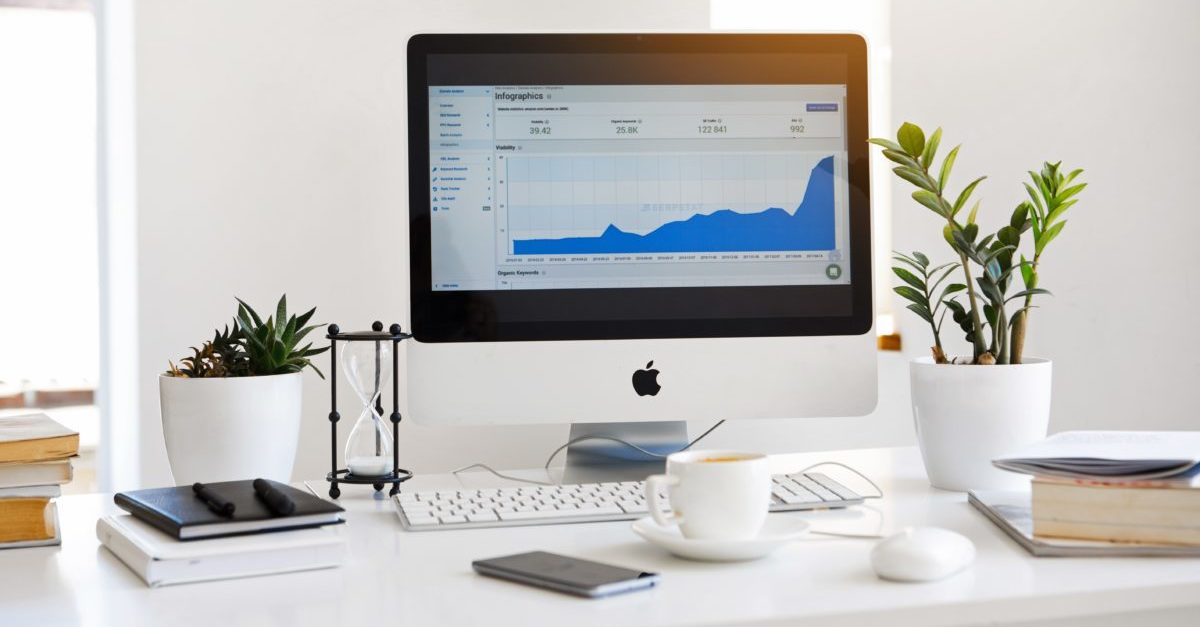Google Analytics is a fantastic resource for marketing teams. It can help you see how specific pages within your website are performing, help you figure out areas that could use some improvement, and assist in determining if goals are being met. Needless to say, when you know where to look, it can help you reduce tons of time and distractions over irrelevant data points typically experienced when doing a data-dive.
This is mostly due to its ability to tailor analytics to specific campaign objectives and marketing strategies. What’s more, Google Analytics filters and views allow you to prioritize your data and hone in on the stuff with the most value. Instead of tackling huge swaths of information at once, you’re dividing it up into digestible subsets that offer better, more approachable insights. And in an industry where data dictates pretty much everything we do, that’s a significant advantage.
Getting started with views and filters in Google Analytics is easy and totally worth the effort. So focus your attention on where it counts by using this step-by-step process:
How To Create a New View
- Sign in to the Admin section of your Google Analytics account.
- Select the Account and Property that you want to apply a new view to.
- In the View Column, click + Create View and select whether your data is coming from a website or mobile app.
- Name your view. Make it descriptive so that you can easily pull it up when you need it. If you’re creating a view for a Google Ads account, your reporting time zone will automatically be inputted. Otherwise, you’ll need to do it yourself.
- Click Create View to save.
How to Create a Filter For Your New View
- Sign in to the Admin section of your Google Analytics account.
- Select the Account and Property that you want to apply a new filter to.
- In the View column, click Filters and then + Add Filter.
- Select Create New Filter and name it. Again, make sure the name is descriptive and clearly denote what type of data subset it will be displaying.
- Choose whether you want your filter type to be predefined or custom. If you’re just getting started with Google Analytics filters, start with the predefined options to see if there’s already a filter type that meets your needs before moving on to the custom option.
- Head to the Available Views list and select the view or views that you want the filter to apply to.
- Click Save.
**Note that you can add pre-existing filters to views instead of creating new ones. To do so, follow the steps above through clicking + Add Filter. There, instead of creating a new filter, select Apply Existing Filter. You’ll be able to choose which filters you want under a particular view. Be sure to click Save when you’re done.
How to Create a Filter Without Going Through Views
- Sign in to the Admin section of your Google Analytics account.
- Select the Account that you want to apply a new filter to.
- Click All Filters and then + Add Filter. Choose a name for your filter and whether you want the filter type to be predefined or custom.
- Head to the Available Views list and select the view or views that you want the filter to apply to.
- Click Save.
Organizing Your Filters
By default, your filters will show up in the order that you created them. However, you may decide to change the order so that it’s organized in a way that makes more sense for your team.
Here’s how to do it:
- Sign in to the Admin section of your Google Analytics account.
- Select the Account and Property you want to work under and navigate to the correct View.
- Under the View column, click Filters.
- Click Assign Filter Order and move your various filters up and down until they are organized how you like them
- Click Save.
Verifying Everything is Ready To Go
It’s a good idea to toggle back to your admin dashboard when adding new views and filters to make sure that they are showing up correctly. Check back in after a day or so as well to ensure that data is populating in the right places.
Not seeing your views and filters, or having trouble getting where you need to go to set them up? Double-check that you’re in the admin view. Other accounts under your Google Analytics platform may not have the correct permissions that they need to access these tools.
Views and filters can help you get a lot more utility out of your Google Analytics account. Put aside some time to set some up, using your campaign’s primary conversion objectives as guidelines for where to start.
